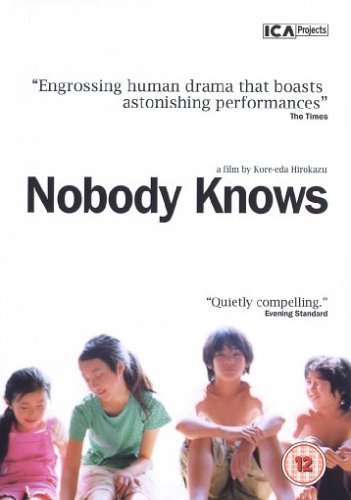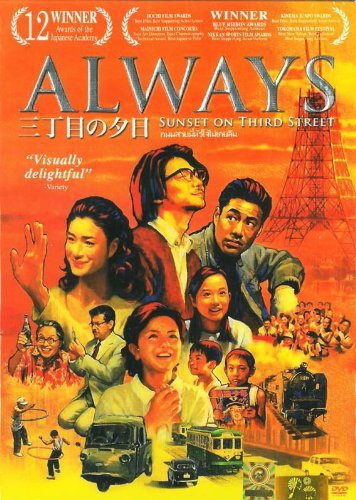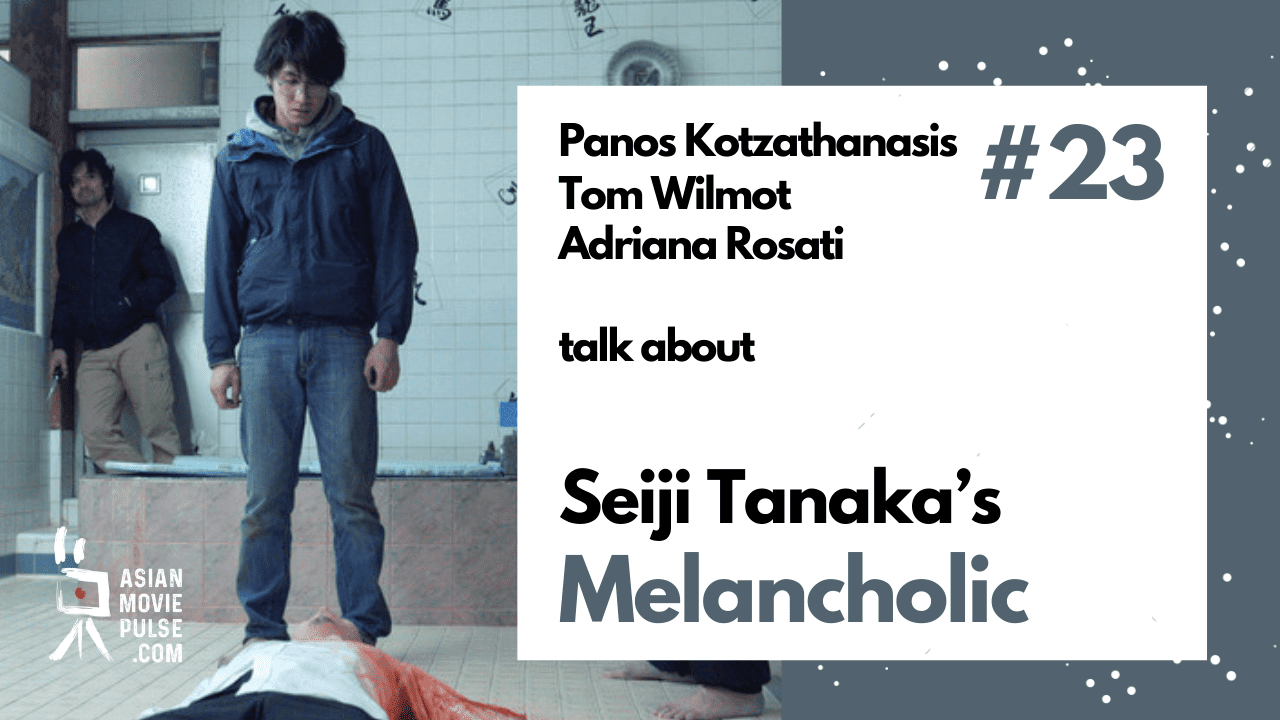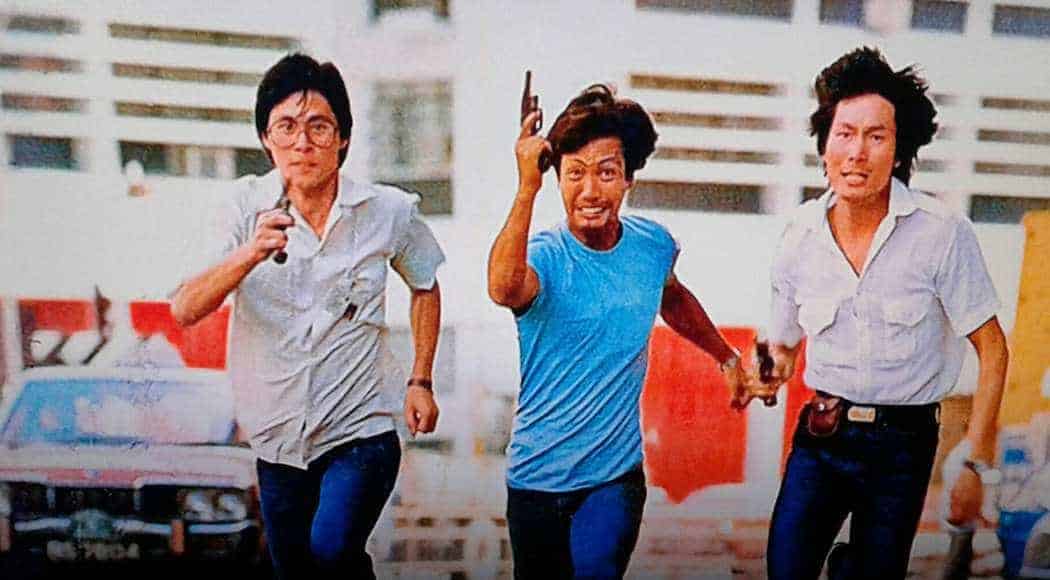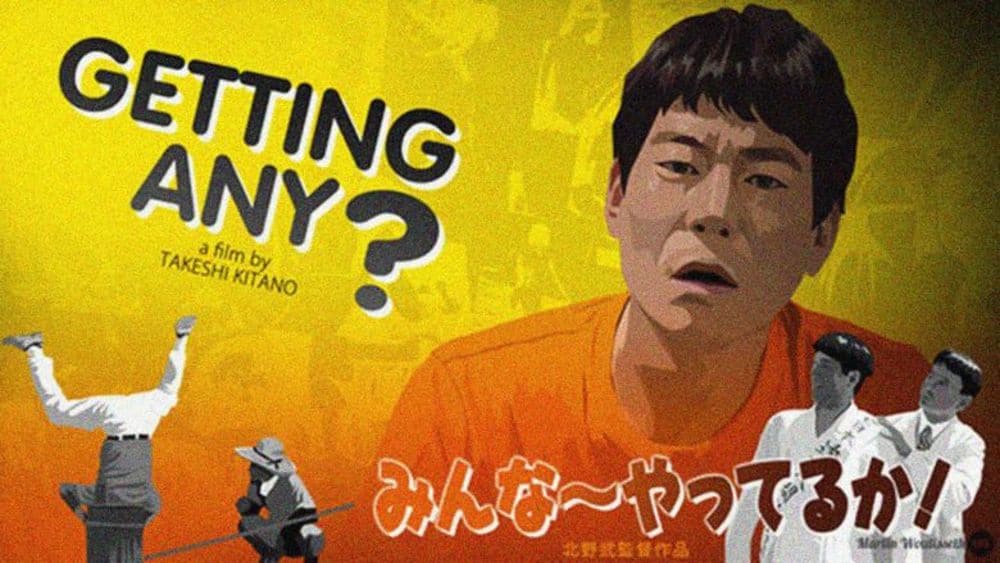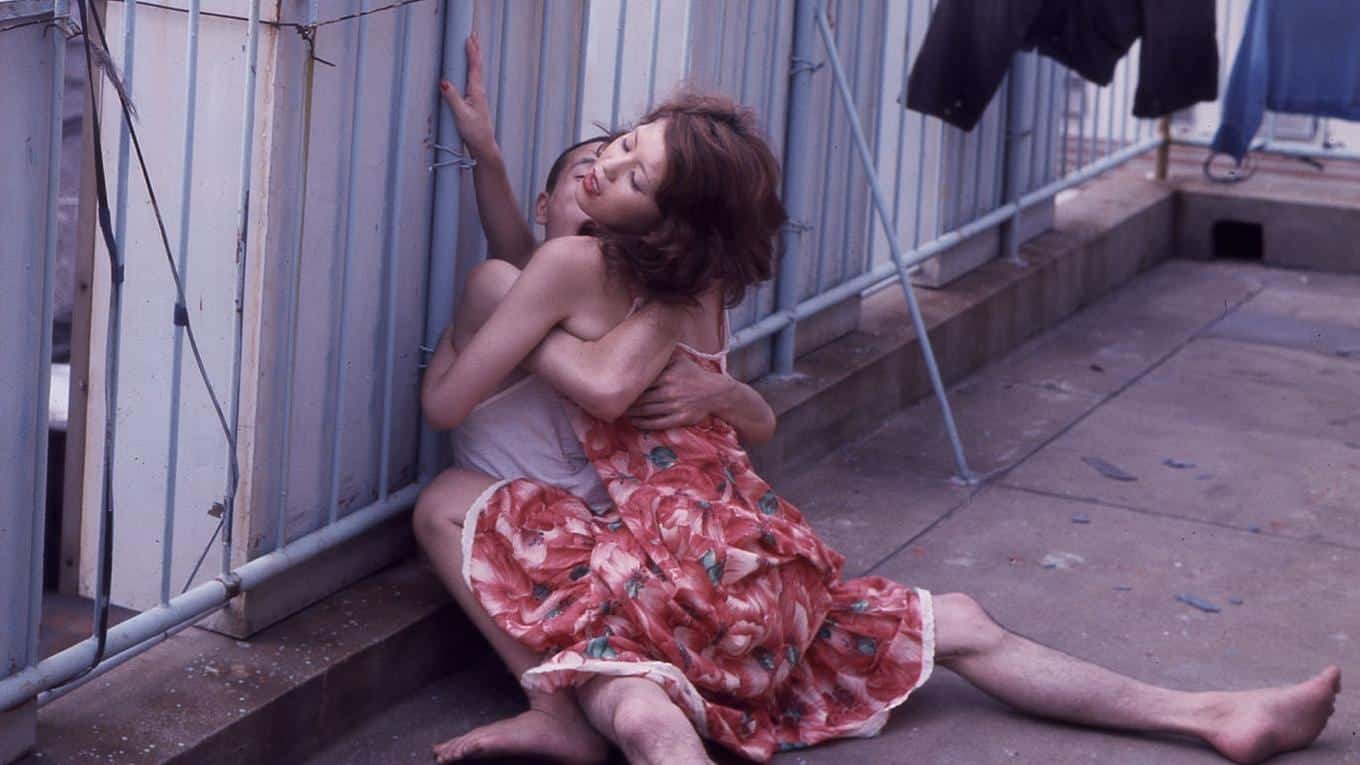21. Still Walking (Hirokazu Koreeda, 2008, Japan)
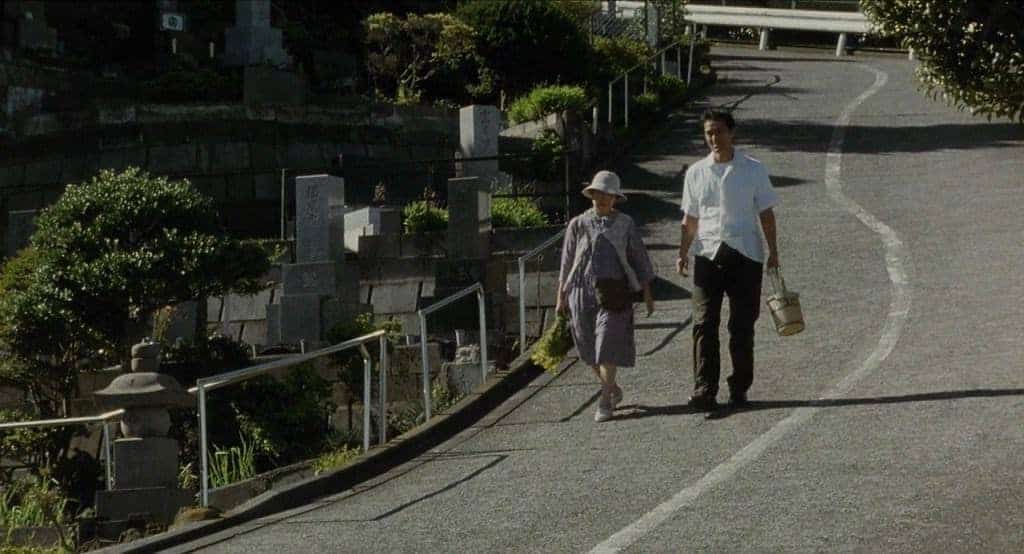
Hirokazu Koreeda directs an ode to realism, a fact stressed by the tensions and the general feelings occurring between the members of the family, which are similar to the ones of every household. The camera use, which is situated extremely close to the set, makes the spectator feel as though he is present in the house where the movie occurs, participating in the discussions in the table and walking around with the protagonists.
Buy This Title

22. The Twilight Samurai (Yoji Yamada, 2002)
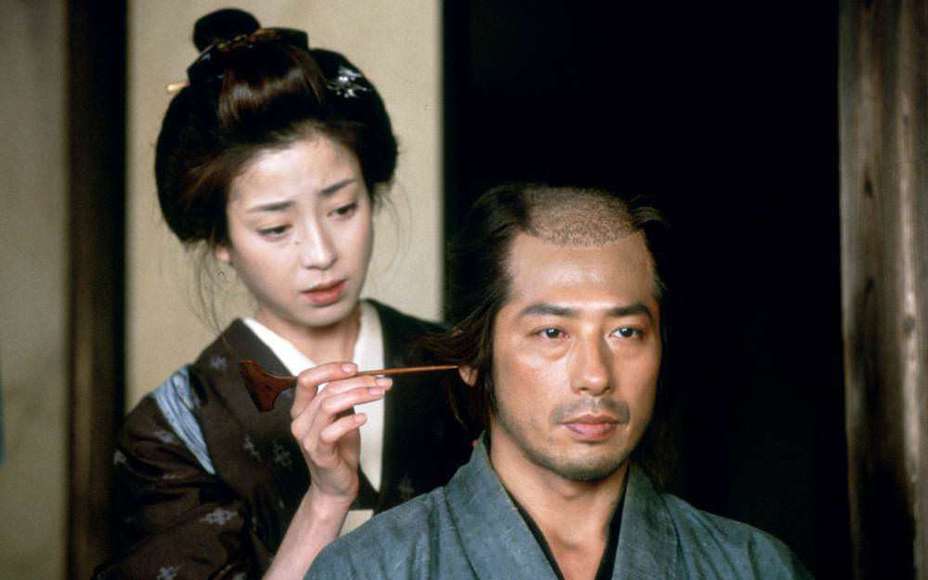
Yamada directs a film with the utmost respect toward Japanese tradition. However, he additionally incorporates the sense of decay that characterized the end of the samurai era, where the ethics and notions that nurtured the class for centuries are gradually disappearing. The nostalgia toward that age and the resulting melancholy are omnipresent, even during joyful moments.
Buy This Title
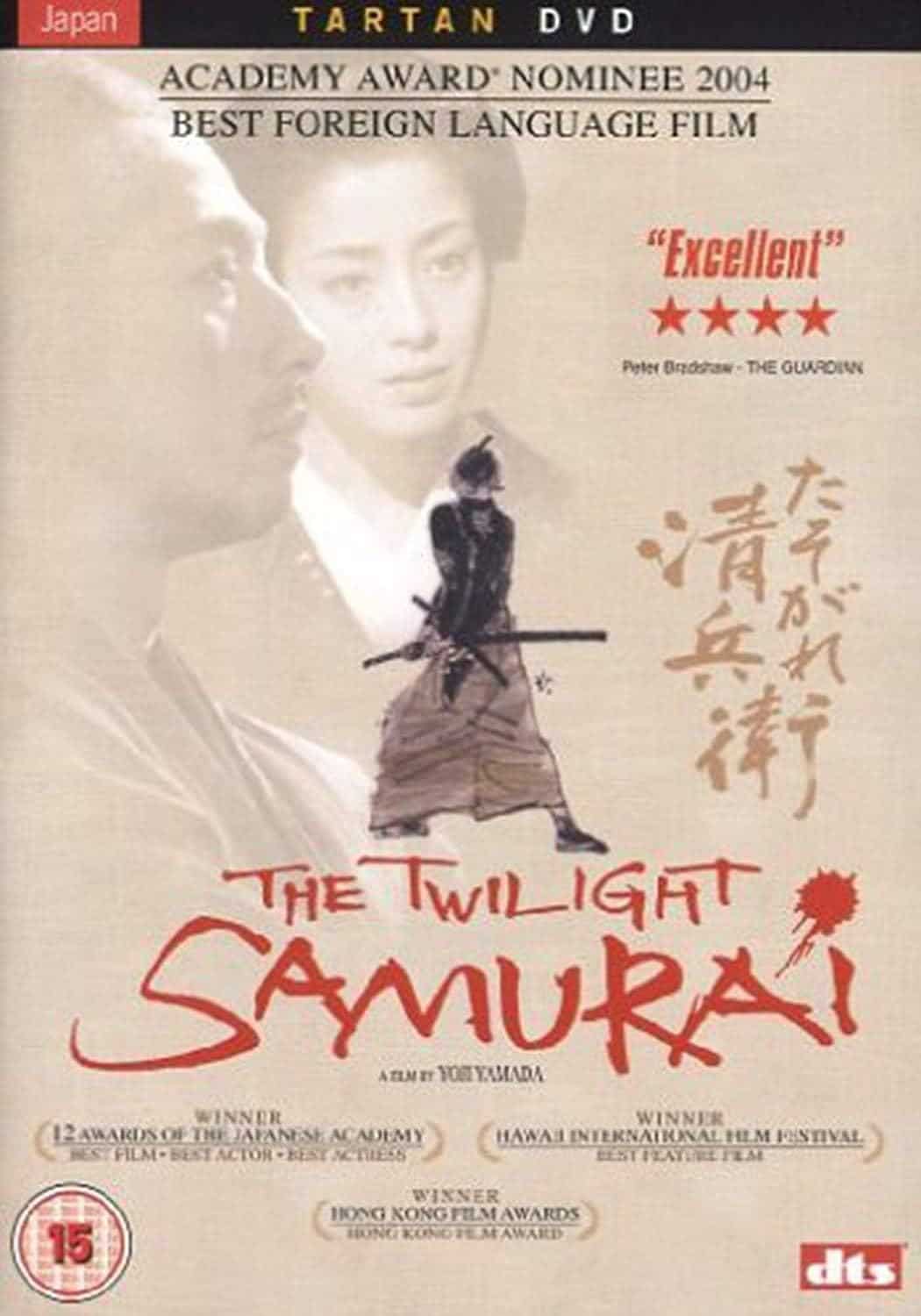
23. Who's Camus Anyway? (Mitsuo Yanagimachi, 2005)

Yanagimachi directs a film about the world of filmmaking, as the students-protagonists start to live the movie they are making through their own lives, thus blurring the lines between reality and cinema. At the same time, the film functions as a homage to various, classic masterpieces.
Buy This Title
24. Nobody Knows (Hirokazu Koreeda, 2004)
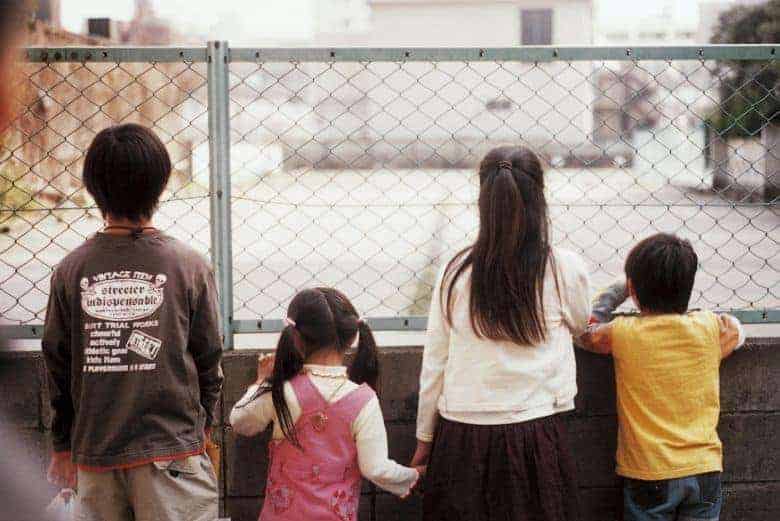
Koreeda directs a film that moves in the characteristic Japanese way of filmmaking, which includes slow pace and minimalism, realism, attention to detail, and very careful editing. His point of focus is evident and concerns the alienation of children in the environment of the megalopolis.
Buy This Title
25. Crows Zero (Takashi Miike, 2007)

Miike managed to retain the violent and slapstick humor nature of the original medium, additionally presenting a number of astonishing fighting scenes, with the final ones of each movie standing out the most. Scenes like the one involving human bowling are a distinct example of the elaborate special effects and the production values in general, in one of the most entertaining films regarding delinquents.
Buy This Title
26. Memories of Matsuko (Tetsuya Nakashima, 2006)

In a true extravaganza of images and colors, Tetsuya Nakashima and his cinematographer, Masakazu Ato, presented a film that is extremely beautiful in its hyperbole. The style is excessive to the point of dizziness, but Nakashima also managed to infuse it with meaning and context that varies from extremely happy moments to extremely sad, as the colors match the mood of each scene.
Buy This Title
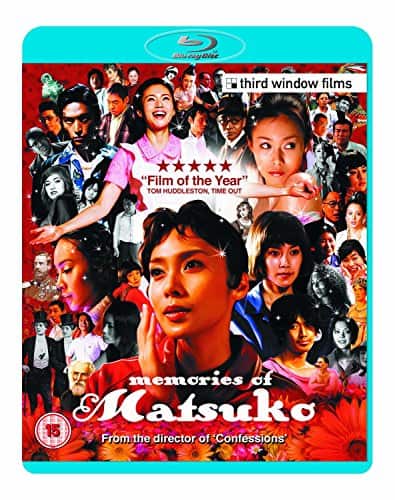
27. Always Sunset on Third Street (Takashi Yamazaki, 2005)
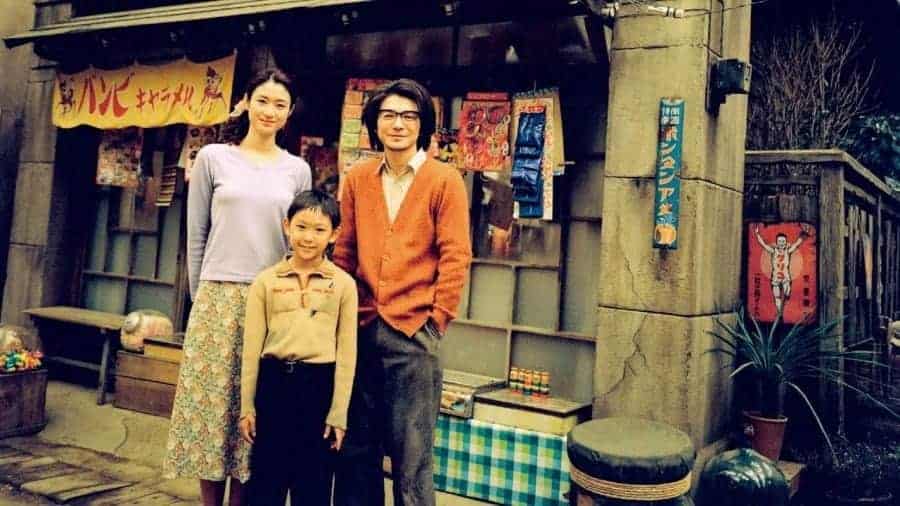
Yamazaki directs a truly nostalgic trip to the good old days of post-war Japan, before the technological breakthrough, through the relationships of a plethora of eccentric characters. Drama, comedy, romance, sadness, joy, love, everything coexists within a splendidly photographed Japan of the 50s. Yamazaki also examines in depth the concept of family, passing a message that a family can be created not only by blood but through love as well.
Buy This Title
28. Tokyo Sonata (Kiyoshi Kurosawa, 2008)
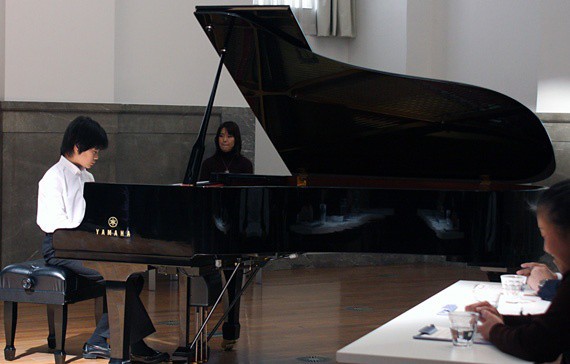
Kurosawa proved his worth with “Tokyo Sonata” and showed that an accomplished director can excel in more than one genre. Using absolute realism, he presents the actual circumstances of a family in the middle of a financial crisis, similar to the same bitter truth Sam Mendes showed in “American Beauty”. However, the consequences are even worse for the Japanese, who actually define themselves through their work. Another point he seeks to make is that in order for an individual to truly change, he has to fall a long way first, in order to actually hit rock bottom.
Buy This Title
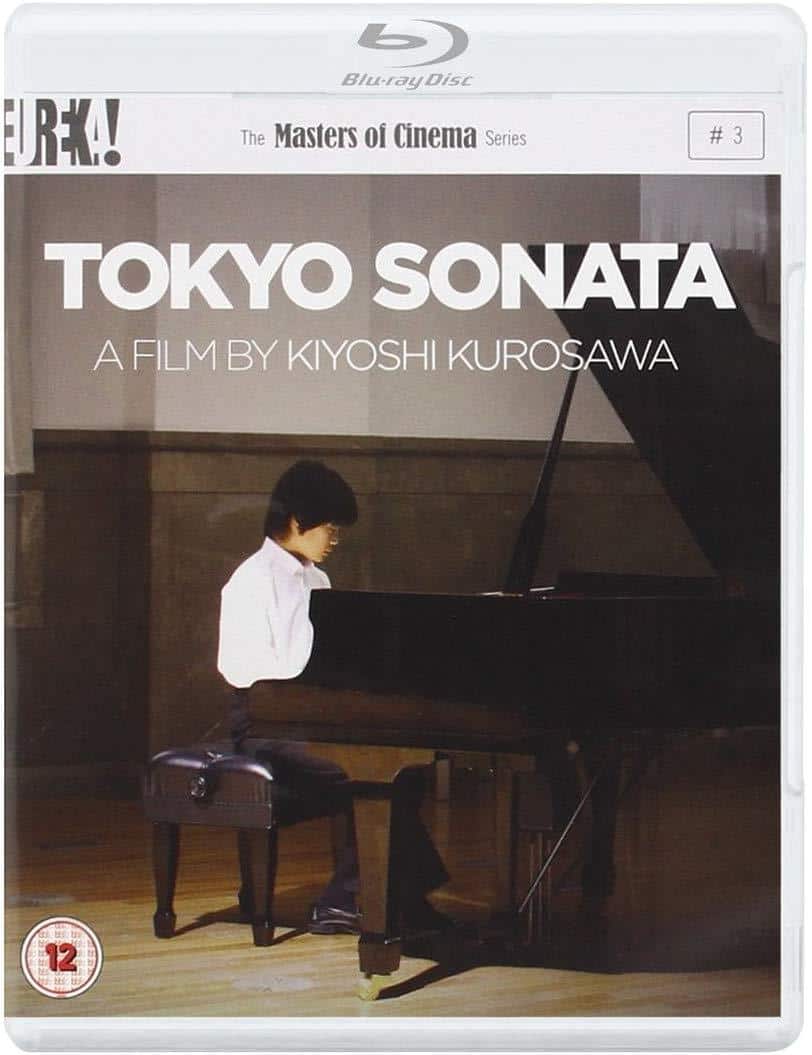
29. United Red Army (Koji Wakamatsu, 2007)

Wakamatsu directs a film that begins as a documentary, continues as a political thriller, and ends as an action thriller, which highlights both the history of the paramilitary group and the concept of revolution and radicalism in the most thorough and artistically impressive fashion.
Buy This Title
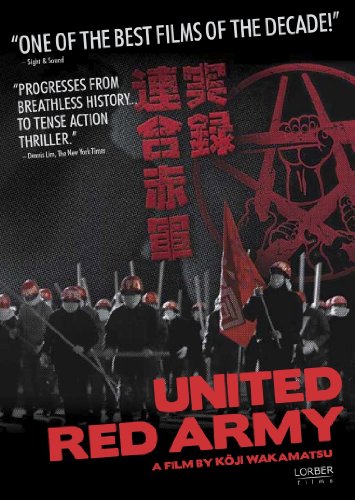
30. The Mourning Forest (Naomi Kawase, 2007)
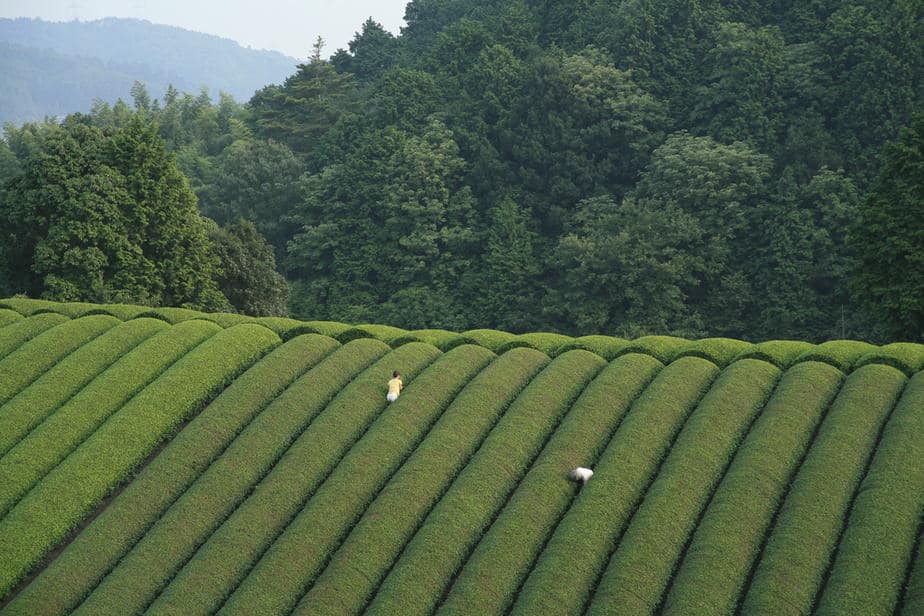
Kawase's approach to the story, where a number of incidents are left unexplained (the car accident, the wife's grave etc) can be a bit frustrating, but actually allow the audience to focus on the main theme of grief and how to overcome it, in a tactic that focuses more on the destination rather than the trip.
Buy This Title




